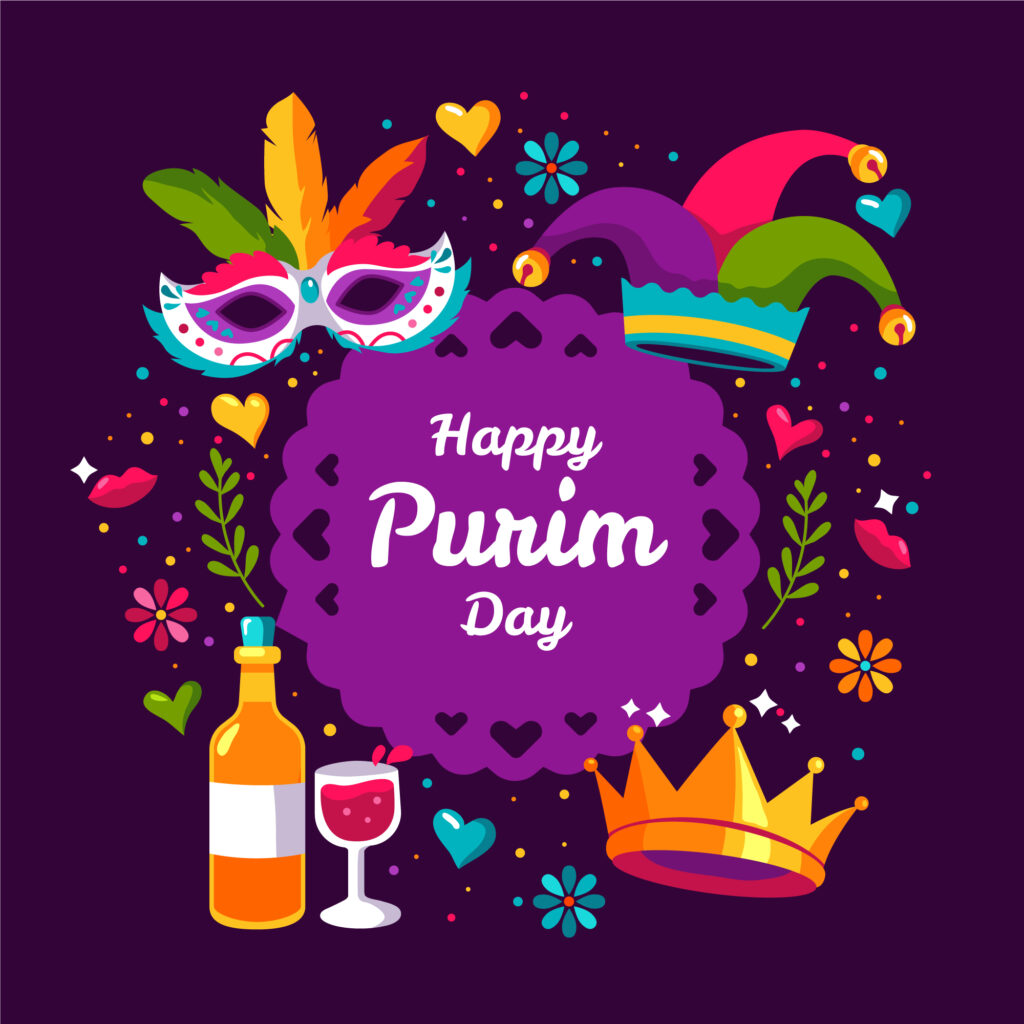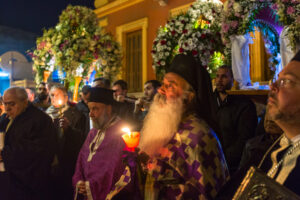Purim is the commemoration of the Jewish people’s escape from King Xerxes’s royal death decree in 4th century BC. As told in the Book of Esther, Queen Esther and her father foiled the plot of Xerxes’s advisor, Haman, who hated the Jewish people. It takes place on the 13th-15th day of the Jewish month of Adar, which ranges from February to March.
The holiday is celebrated by feasting, drinking, reading and listening to the Megillah, or the story of Esther, prayer, costumes, and other events.
The Story of Esther
Esther’s story begins with King Ahasuerus of Persia, as Xerxes I was referred to, and his search for a new Queen after Queen Vashti refused his drunken order to display her beauty to his royal court. He then orders all young women in his kingdom to come before him so that he can choose the most beautiful as his new Queen. The chosen one is the orphaned Esther, raised by her uncle, Mordecai, who doesn’t inform the king of her Jewish heritage. Mordecai then foils a plot to assassinate the king, which is recorded.
Haman is appointed as the king’s prime minister. Due to Mordecai’s Jewish faith, Mordecai refuses to bow to Haman, which angers him. Knowing that Mordecai is Jewish, Haman plots revenge by planning to execute all Jews in Persia. “Purim” refers to the lots cast by Haman to decide when to execute this plan, after receiving approval from the king, which ends up being the 13th of Adar.
Mordecai and Esther react by asking the Jewish population to fast and pray with them for three days. On day three, she meets with the king, which is not accordance with tradition—visitors must be called upon rather than seek the king’s company, at which she arranges for another feast with Haman the next night. Haman builds gallows for Mordecai. Before this meeting, the king asks that the court records be read to him in order to help him fall asleep, where he finds out the details of Mordecai’s foiling of the plot to assassinate him. When the king asks Haman how to properly honor someone, Haman believes the king means to honor him, and responds that the honoree should be led through the streets in the king’s royal clothes. The king then tells Haman that he must honor Mordecai this way.
At the meeting with the king and Haman, Esther tells the king that she is Jewish and about Haman’s intent to kill her people. Haman is hanged on the gallows intended for Mordecai and the king orders that anyone attacking the Jewish people may kill anyone in self-defense. As a result, many enemies of the Jews die.
Traditions
Purim’s theme contains more of a source of national pride rather than a religious one, although it is closely associated with Judaism. The celebration is not commanded by the Torah. It is commemorated through a few mitzvoth, or obligations:
- A reading of the Book of Esther, often in a place of worship, at night and the next morning.
- Gift giving, especially food and wine. Adults are supposed to gift two types of food to one person.
- Charity work or donations. This calls for donations to at least two poor people—at least a meal of the amount of money a meal would cost. Givers are expected to spend more on charity than the aforementioned gifts.
- A feast, called Se`udat Purim. This includes a lot of wine drinking and eating. There are not specific guidelines for the food served at the feast, but usually this includes hamantaschen, which are triangular cookies. Before the feast, there is a fast. This is to commemorate Esther and the Jewish people’s fasting before she met to feast with the king.
Another tradition is the reading of an excerpt from Exodus 17, in which Haman’s ancestor, Amalek, attacked the Jews. Jewish tradition states that it is important for women to hear the story of Esther, since a woman played such a significant role in the story, but many Orthodox groups do not allow women to actually read from the book.
Jews also practice the “blotting out” of Haman’s name during the recitation of the story. The Midrash, a book that accompanies or explains some Biblical stories, states that when Deuteronomy said to “blot out the remembrance of Amalek,” this meant from surfaces as well. During the story’s recitation, the congregation chants over Haman’s name or use noisemakers, and his name is often scribed on rocks or on the bottom of shoes and them stomped out.













































